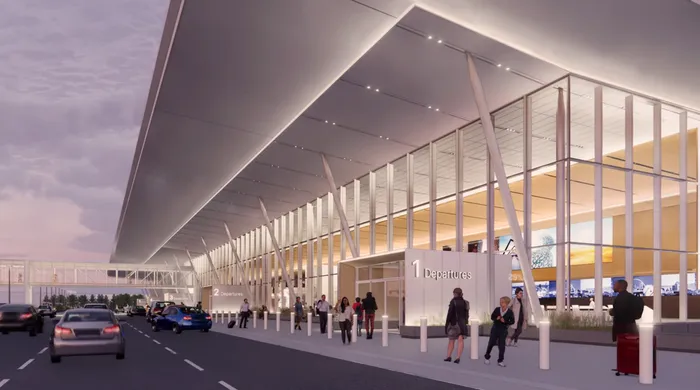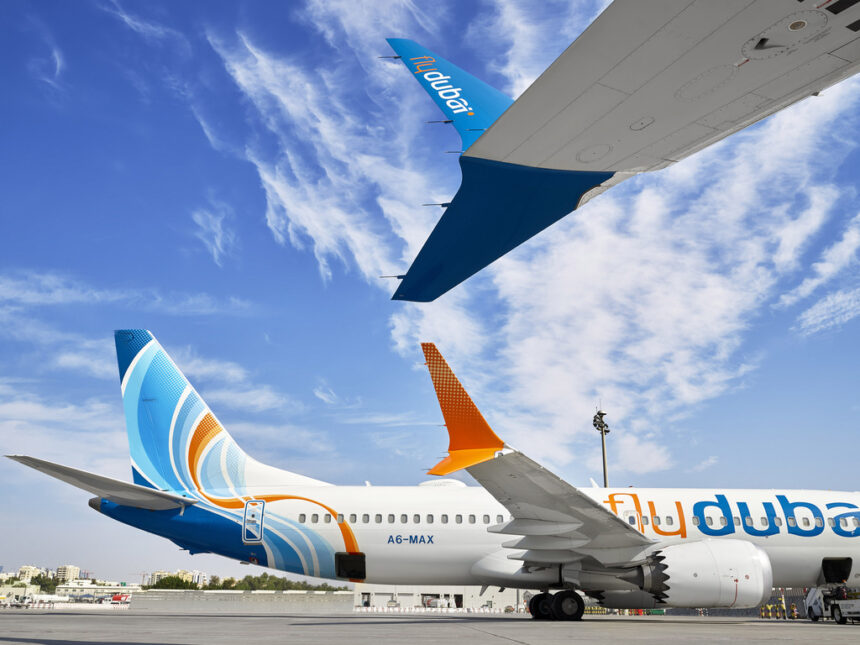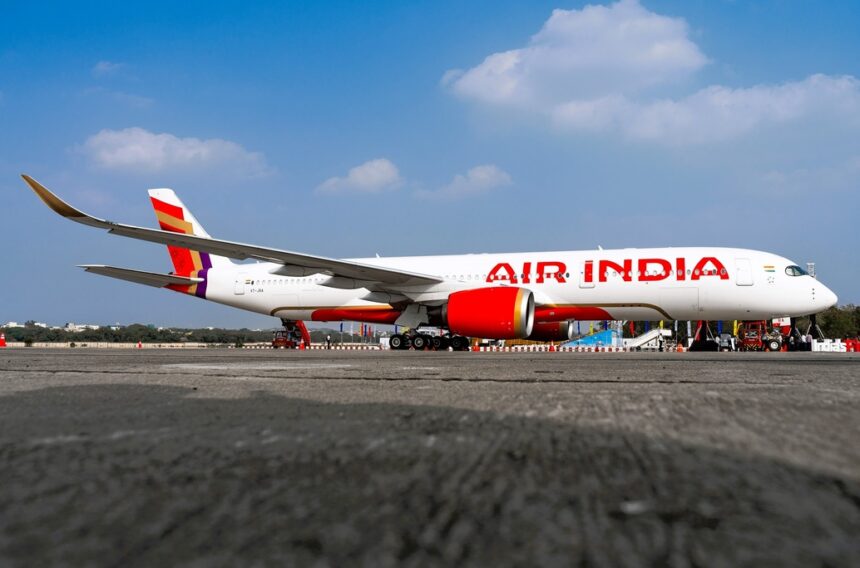Des Moines International Airport (DSM) has served as a vital transportation hub for Iowa’s capital city and surrounding areas for nearly a century.
Its story reflects the evolution of air travel itself, from a pioneering venture in the early 20th century to a modern facility catering to millions of passengers annually.
From Airmail Fields to Municipal Airport: The Early Days (1920s-1930s)
The desire for air travel in Des Moines predates the existence of a dedicated airport.
The 1920s saw a surge in interest in aviation.
The Des Moines Chamber of Commerce formed an “air committee” as early as 1919.
However, legal restrictions on using public funds for airports initially hampered progress.
The first attempt at an airfield involved a grassy field near Vandalia Road in 1925.
This location proved unsuitable due to flooding.
This lead to the establishment of a second “Des Moines Aviation Park” near Altoona in 1927.
This site, close to where Prairie Meadows Racetrack and Casino stands today, even hosted a visit from Charles Lindbergh following his historic transatlantic flight.
The need for a more permanent and reliable airport solution became increasingly apparent.
In 1932, construction began on a new facility on 160 acres of farmland south of the city.
This marked the official birth of Des Moines Municipal Airport, completed in 1933.
The airport’s first passenger terminal, a modest structure, was built shortly thereafter.
Mid-Century Growth and the Rise of Commercial Aviation (1940s-1970s)
The post-war era witnessed a significant increase in commercial air travel.
Furthermore, Des Moines Municipal Airport kept pace with this growth.
The original terminal was replaced in 1948 with a new facility.
With modifications and expansions, serves as the airport’s core even today.

The 1960s saw the establishment of a separate Aviation Department within the City of Des Moines to manage the airport’s growing operations.
This decade also brought the addition of jet service, further transforming air travel experiences.
Furthermore, a major expansion project in 1970 significantly enhanced the passenger experience.
New concourses were added, and the existing terminal was remodeled to accommodate the rising number of flights and passengers.
The airport’s footprint also grew beyond its original boundaries.
Becoming Des Moines International Airport: Recognition and Expansion (1980s-Present)
The 1980s marked a turning point for Des Moines Municipal Airport.
In 1982, an Aviation Policy Advisory Board was established to provide guidance on the airport’s development.
Reflecting its growing role in international travel with the presence of U.S. Customs, the airport was officially renamed Des Moines International Airport (DSM) in 1986.
The trend of continued expansion continued.

Throughout the 1990s and 2000s, additional facilities were constructed, including cargo buildings, maintenance hangars, and parking structures.
The airport also saw upgrades to its runways and taxiways to accommodate larger and more modern aircraft.
Furthermore, governance of the airport underwent a significant change in 2011.
The City of Des Moines transferred control to the Des Moines Airport Authority, a separate entity with a dedicated board of directors.
This move aimed to enhance operational efficiency and attract further investment in the airport’s infrastructure.
In recent years, DSM has continued to invest in modernization projects.
Terminal renovations focused on improving passenger amenities and streamlining security procedures.
Additionally, the airport has actively pursued new flight routes, connecting Des Moines to more destinations across the United States and potentially beyond.
Looking Ahead: Des Moines International Airport in the 21st Century

Des Moines International Airport plays a crucial role in Iowa’s economy, serving as a gateway for business travel, tourism, and cargo transportation.
As the aviation industry continues to evolve, DSM is well-positioned to adapt and meet the future needs of travelers and businesses.
Furthermore, plans for further development are on the horizon.
A proposed new terminal project, currently under discussion, could significantly enhance the passenger experience and support the airport’s long-term growth strategy.
Overall, the story of Des Moines International Airport in Iowa is one of continuous adaptation and progress.
From its humble beginnings as a municipal airfield to its current status as a thriving international hub, DSM has served as a vital link connecting Des Moines to the world.
As the airport looks towards the future, it remains committed to providing a safe, efficient, and welcoming experience for all who pass through its doors.

Click the banner to subscribe to our weekly newsleter.

Click the photo to join our WhatsApp channel so then you can stay up to date with everything going on in the aviation industry!









